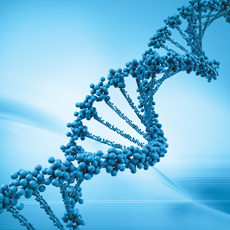
Eight genes that have been overlooked in the past appear to play a role in the healing of pressure ulcers and other wounds, according to biologists from the University of California at San Diego.
Full details of their findings appear in the journal PLOS One. Their discovery was made in the laboratory fruit fly Drosophila. But investigators emphasized the genes that regulate biological processes in the hard exoskeleton — or cuticle — of Drosophila also control similar processes in human skin.
“Many of the key molecules and proteins involved in Drosophila wound healing are involved in mammalian wound healing,” said author Rachel Patterson. “The genetics of Drosophila are not as complicated as mammalian genetics, so it’s easier to attribute specific biological functions to individual genes.”
By puncturing the cuticle and epidermis of fruit fly embryos in their experiments, the researchers examined 84 genes that are turned on and 78 that are turned off as the fly embryo responds to healing. From these 162 genes, they identified eight genes that are expressed at either very low levels or not at all in most cells during development, but are activated near the puncture wounds.
The researchers were surprised to discover that an immune response begins as soon as the flies’ cuticles and epidermis were punctured.
From the June 01, 2013 Issue of McKnight's Long-Term Care News




